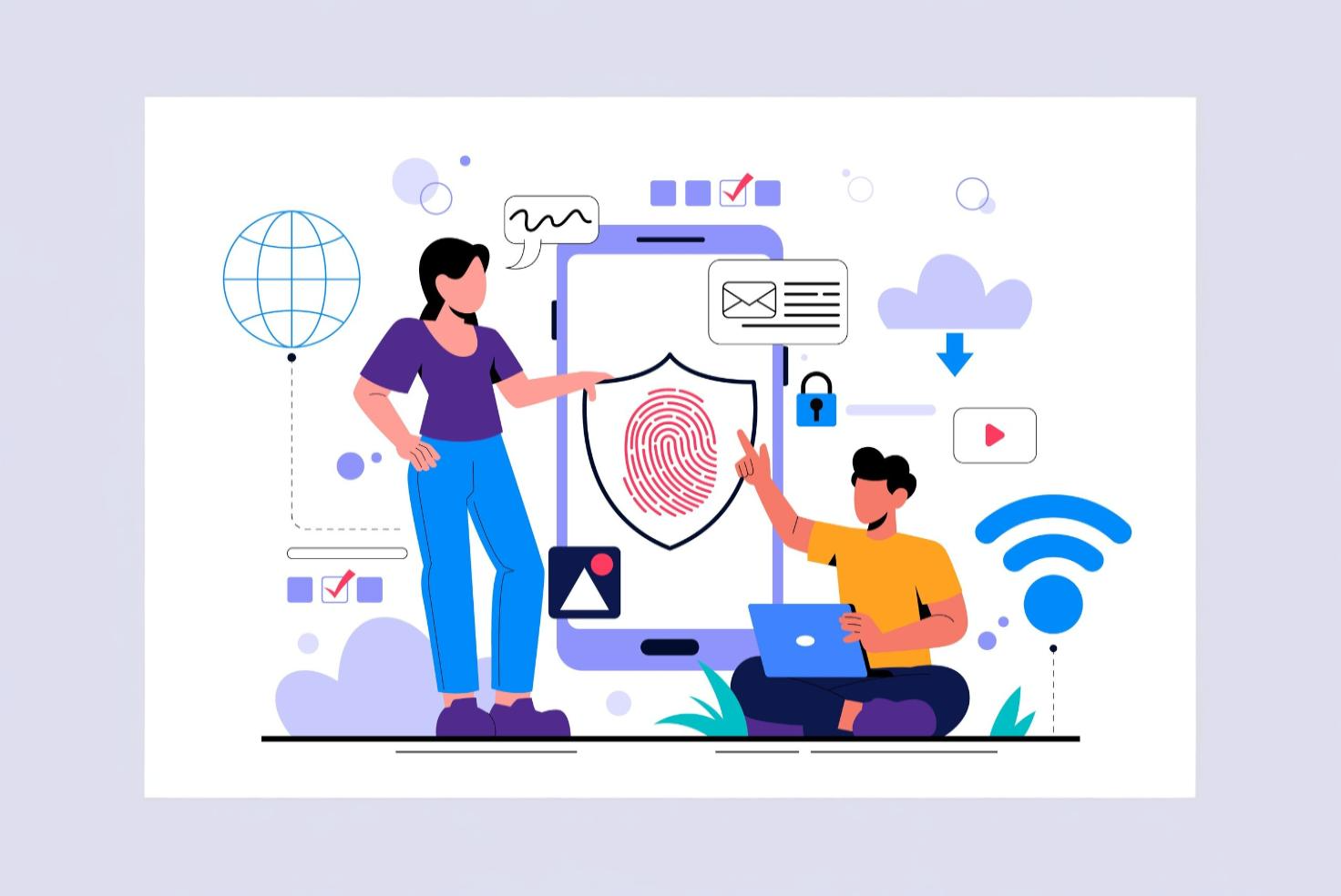 May 16, 2025
May 16, 2025
Ensuring digital safety while making payments online is crucial in today’s interconnected financial ecosystem. By implementing practical security measures, users can effectively safeguard their personal and financial information.
1. Strengthen Authentication Measures: All financial and personal accounts should be protected with robust, unique passwords. Avoid using predictable details, such as birthdates or common words. Enabling two-factor authentication (2FA) wherever possible provides an additional security layer against unauthorized access.
2. Secure Your Network Connection: Public Wi-Fi networks pose a significant security risk and should be avoided for financial transactions. Use a Virtual Private Network (VPN) to encrypt your internet connection and protect sensitive data. Additionally, ensure that devices and applications are regularly updated with security patches.
3. Verify App Sources Before Downloading: Only install applications from verified digital marketplaces such as the Apple App Store or Google Play Store. Avoid downloading apps from untrusted sources or clicking on unsolicited links received via messaging platforms. Always review app permissions carefully.
4. Monitor Transactions & Enable Security Alerts: Activate real-time transaction alerts to track payments and detect unauthorized activity promptly. Conduct routine checks on bank statements to ensure all transactions are legitimate. Report any suspicious activity to your financial institution without delay.
5. Additional Protective Measures: Remain vigilant against phishing attempts, and refrain from sharing personal information via unsolicited emails or links.
By integrating these security practices into daily financial transactions, users can effectively safeguard their digital payments and mitigate cyber threats .